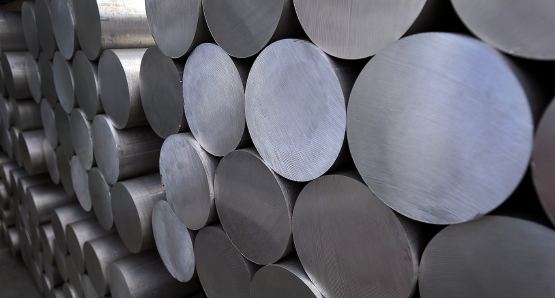The Rise Of 3D Printing & Aluminium’s Role

3D printing is a fairly new technique that has huge ramifications for the future of manufacturing – broadly speaking, the process involves the solidification of molecules in a liquid or powdered form under computer control in a manner that results in the creation of a solid 3D object. Currently being used for the manufacturing of complex customized parts on a small scale, 3D printing is yet to be used for large series, and industrial 3D printing. Experts believe that the aluminium used in 3D printing offers a lot of freedom to designers due to more technical possibilities – a mixture of aluminium and titanium in 3D printing results in numerous advantageous properties, including the production of cost-effective components, which are lighter than conventionally manufactured components.
An American automobile manufacturer noted that brake discs made by 3D printing aluminium were 50% lighter than those made using the conventional method. However, not all aluminium alloys are suitable for additive processes – currently, AlSi10Mg is widely being used. Special aluminium alloys adapted to 3D printing are being developed to compensate for process-related disadvantages. Among these alloys, 7075 and 6061 aluminium were highly desired by the aerospace and automobile industries, but were difficult to weld, thus limiting their use.
New alloys are being developed every day to keep pace with the rapid developments being made in 3D printing technology. Though 3D printing is a relatively new technique, it has the potential to change the dynamics of the manufacturing process in every industry around the world.
References:
https://www.spotlightmetal.com/3d-printing-with-aluminum-a-765914/
https://www.clintonaluminum.com/what-kind-of-metals-can-be-used-in-3d-printing/
https://www.sciencedirect.com/science/article/pii/S007964251930060X

